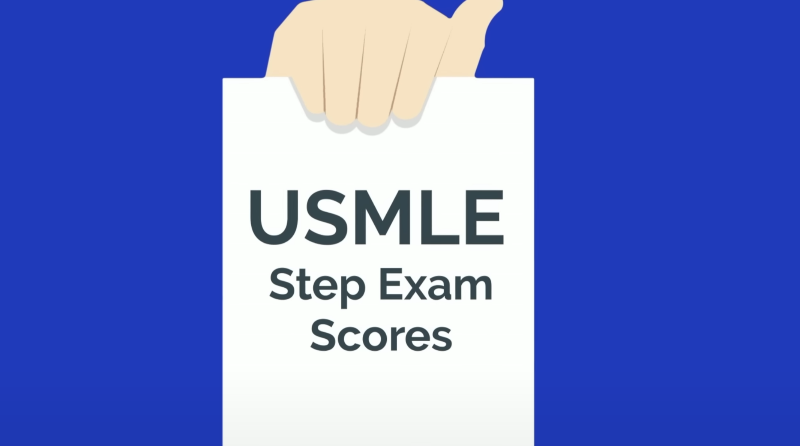by Linda A. Johnson
Eli Lilly said Tuesday that it's changed the outcome goals for a late-stage patient study of its closely watched experimental drug for Alzheimer's disease, solanezumab.
The Expedition3 trial had two primary outcome measures: changes in participants' cognition and their daily function. Now cognition will remain a primary outcome measure, while function will be a secondary measure of the drug's effectiveness.
Eli Lilly and Co., based in Indianapolis, said in a statement it made the change because "emerging scientific evidence supports the idea that cognitive decline precedes and predicts functional decline" in Alzheimer's patients.
Late-stage studies usually are the last ones before drug developers seek regulatory approval.
Investors, apparently nervous about the news after a few similar Alzheimer's drugs that other drugmakers were developing also failed in testing, drove shares down $2.67, or 3.6 percent, to $71.24.
Credit Suisse analyst Dr. Vamil Divan wrote to investors that the news adds to uncertainty over "what was already a high-risk program."
He added that he understands the rationale for making the change now and "for why the study should ultimately be positive." Divan wrote that he still sees a "path for the drug making it to the market."
If that happened, solanezumab would almost definitely generate billions in annual sales. That's because existing Alzheimer's drugs only alleviate symptoms temporarily, leaving doctors little to offer to help patients and their caregivers.
Solanuzumab works by clearing a substance called amyloid beta from the brain before it clumps together in the plaques that are the hallmark of the mind-robbing disorder. It's being studied to treat patients with very early Alzheimer's in hopes it would prevent that damage.
About 5.3 million Americans, most of them over 65, have Alzheimer's disease, which is the sixth-leading cause of death in the U.S., according to the Alzheimer's Association.
The number of Alzheimer's patients worldwide is now estimated at 47 million and is expected to jump to nearly 132 million by 2050.
© 2016 The Associated Press. All rights reserved.








Post comments